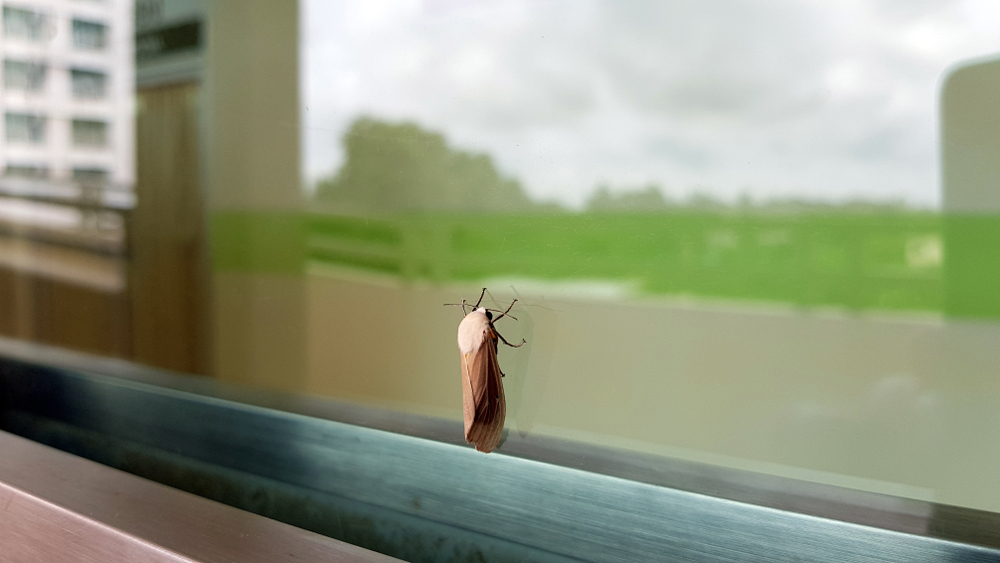Getting ready for an important evening out can be a hassle when that item of clothing that was to be the highlight of an outfit turns out to have a moth hole. Frustration might be the first reaction, but the knowledge there are moths ready to eat into every item of apparel in a closet can be frightening. The issue can be taken care of, and following the correct steps will lead to future happiness when it comes to dressing up for any event.
It is important to first make sure there is an infestation instead of just a single moth that was attached to one piece of clothing. Begin inspecting items by looking for holes in them. If there are several items with holes, then it is time to really clean out the closet to take care of the issue before it gets worse.
Moths tend to hide in small places like collars, seams and cuffs of clothing. Shaking them out is a good step, but there may be some flying out. Use an adhesive lined moth trap that has pheromones to lure them in. It will get rid of the flying moths. For clothes that have been in the closet, there are several more steps that must be taken.
Every item containing moths needs to be placed in a plastic bag that is sealed and frozen for at least one day. This will kill the larvae that will eventually grow into moths, and it is recommended that every item of clothing be treated this way. Once the day is up, cleaning washables for a minimum of twenty minutes in water that is at least one hundred twenty degrees Fahrenheit is recommended. Follow it up with thirty minutes in the dryer at the hottest setting for the clothing.
Not all items can be washed in water, but dry cleaning can be done at higher temperatures. Check the tags on each item to ensure they are not ruined by cleaning. Whether an item is dry cleaned or washed in water, make sure to give them a good shake to remove any dead moths present.
Taking out every item in the closet and washing it will get rid of the moths that have stuck to the clothes, but the closet might be infested. Use a vacuum cleaner on every surface beginning at the ceiling, working down the walls and shelves, and finishing up with the floor.
Cleaning the surfaces might not be enough to completely rid this smallest of rooms from moths, so a liquid insecticide is recommended. It is best to use a standard paint brush to apply it to cracks and under any carpeting present. The rest of it can be either applied in the same manner or sprayed on. Choosing an odorless insecticide will be best so the closet does not need to be aired out for days before putting items back in.
Preventing a recurrence could be as easy as lining the walls with cedar, or using clothing bags with moth balls for items that will not be used on a regular basis.





